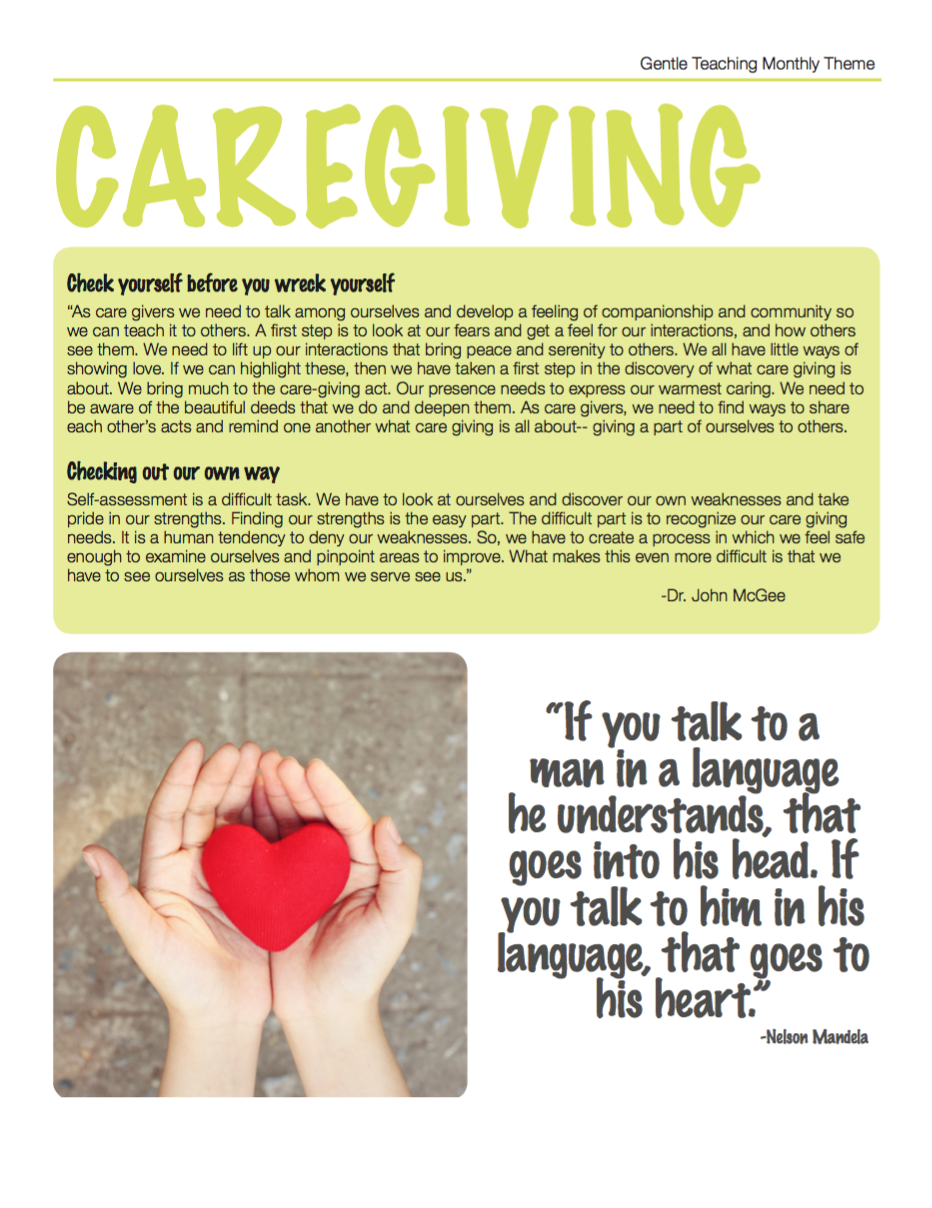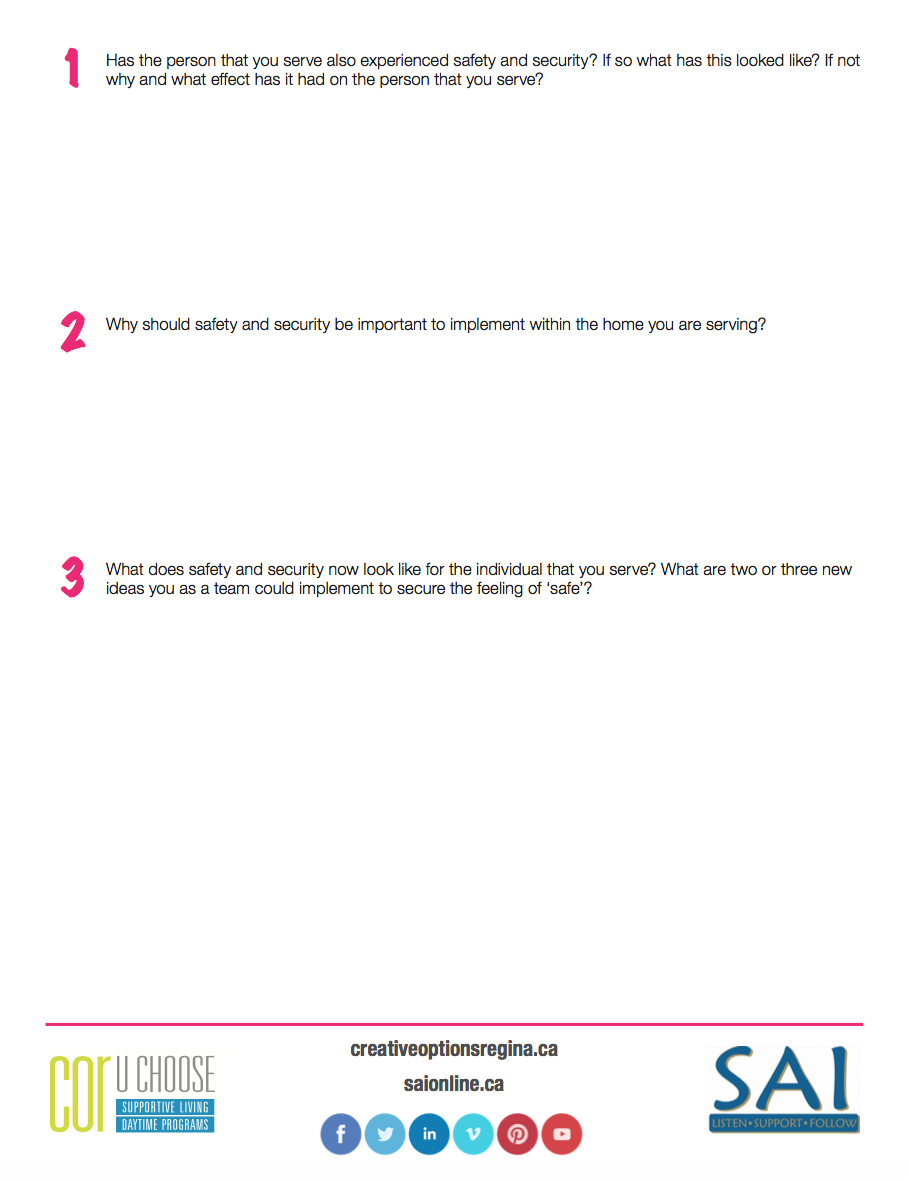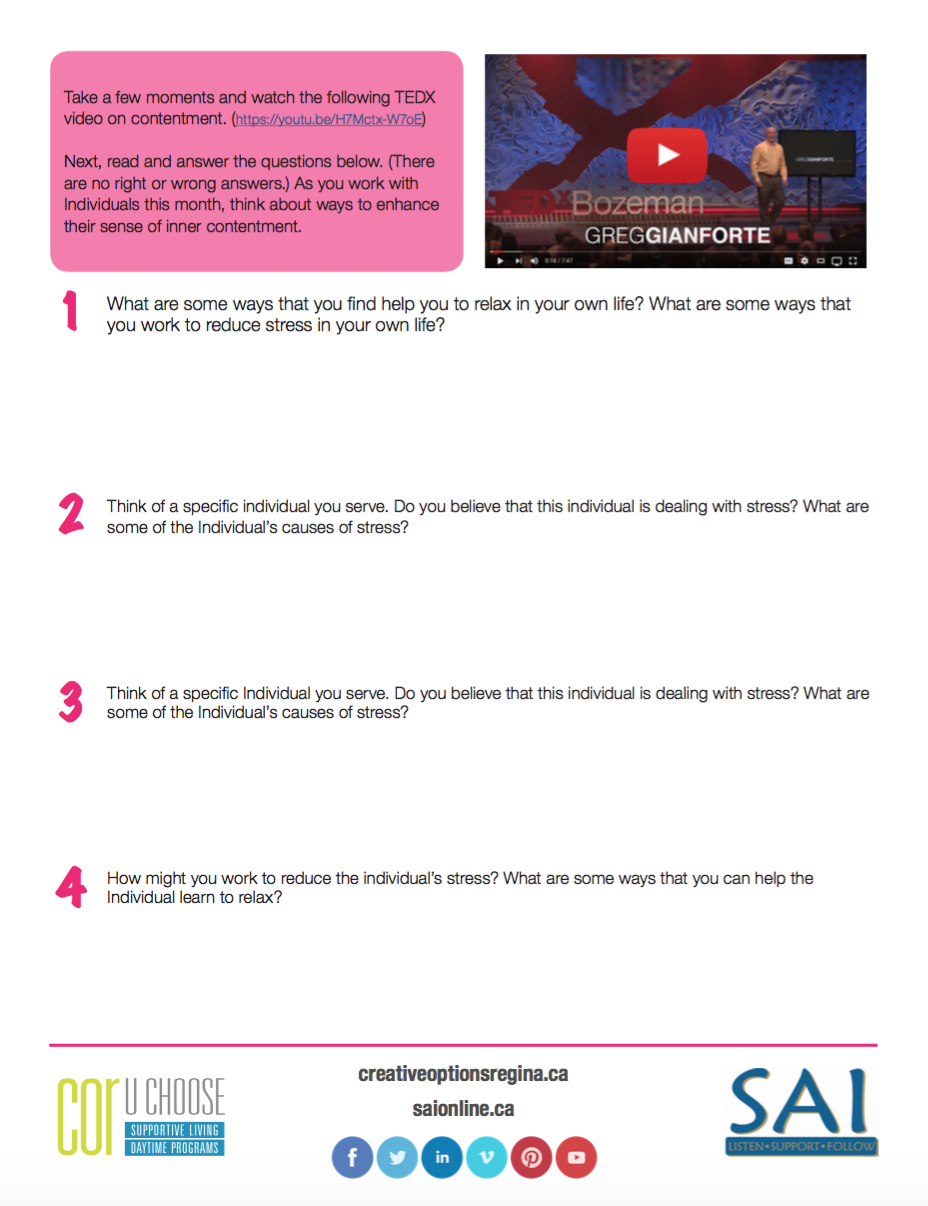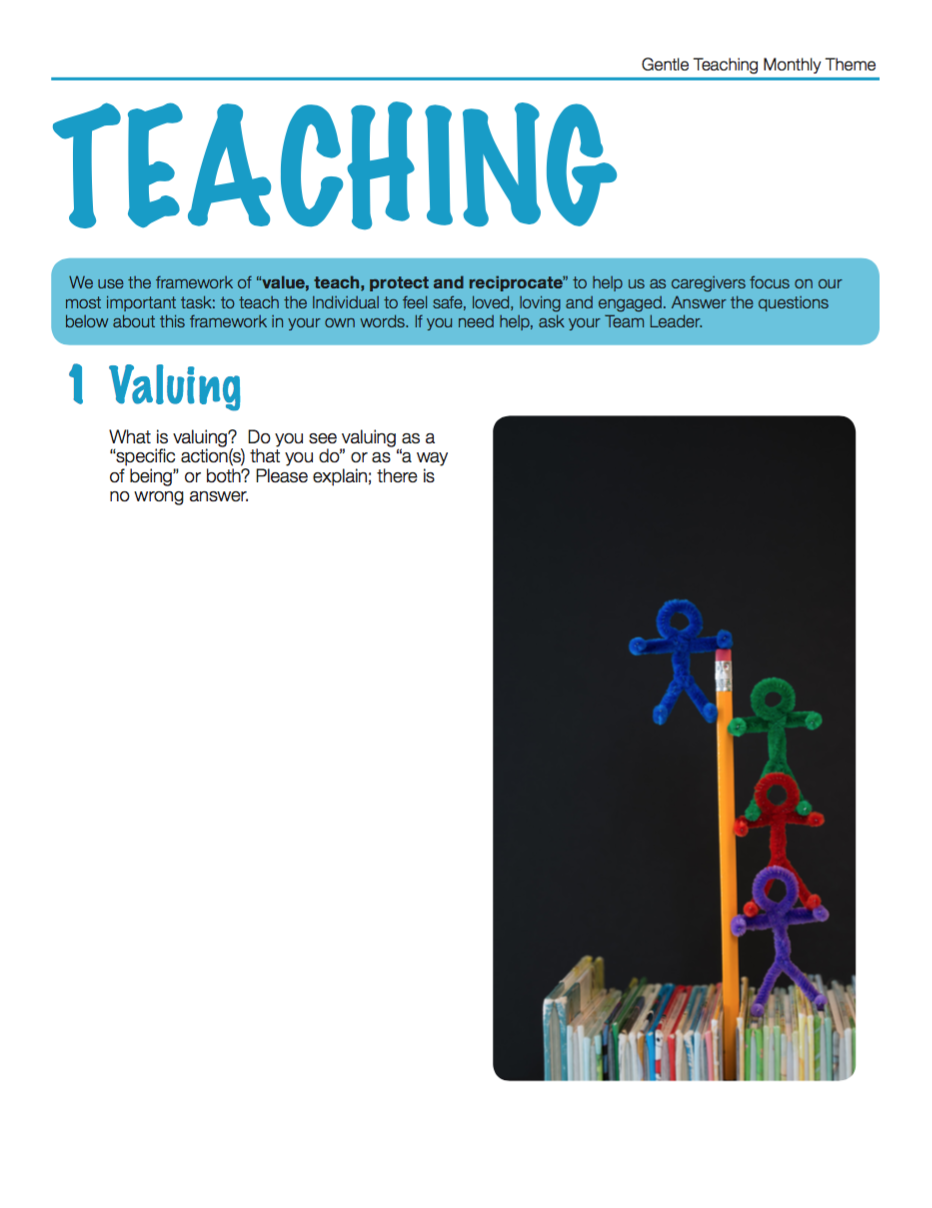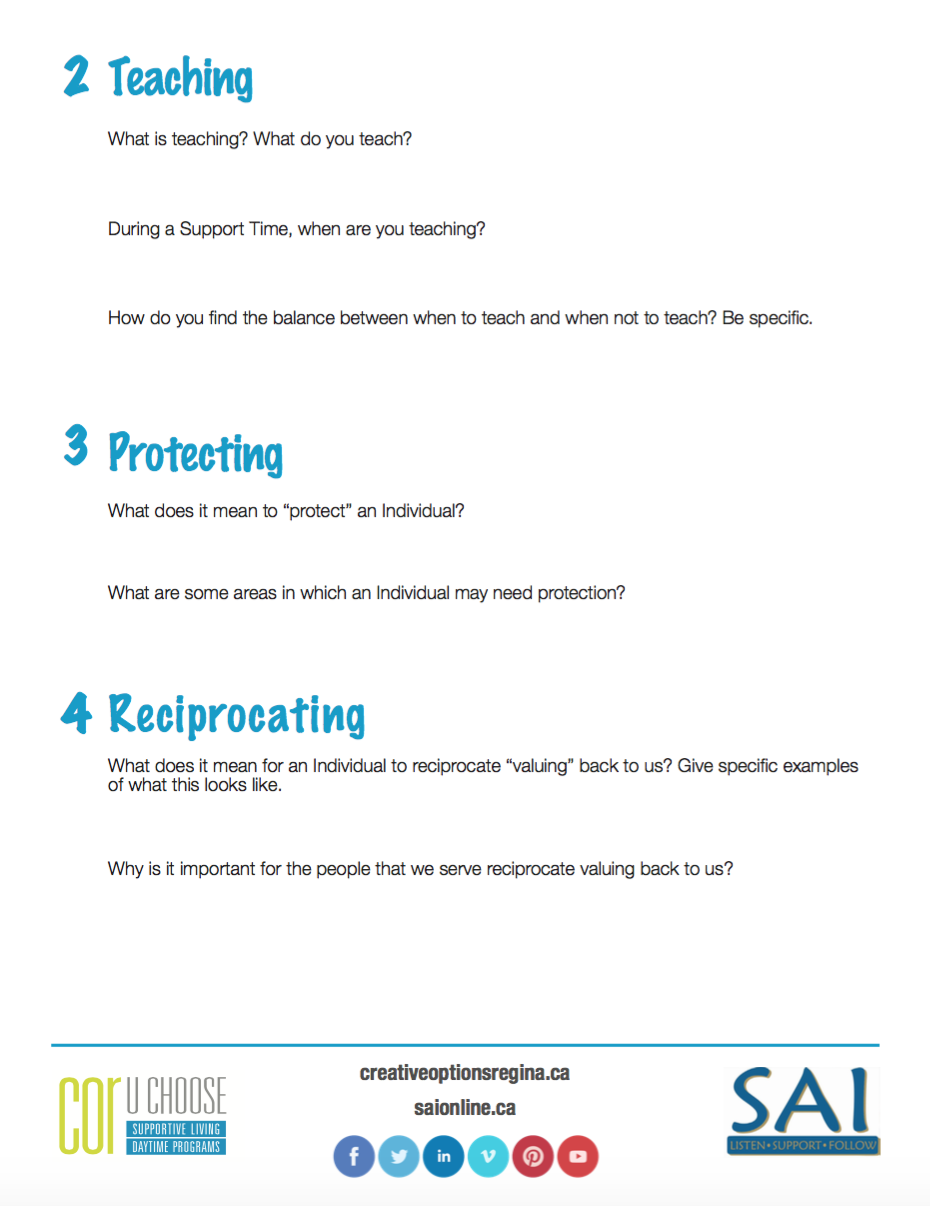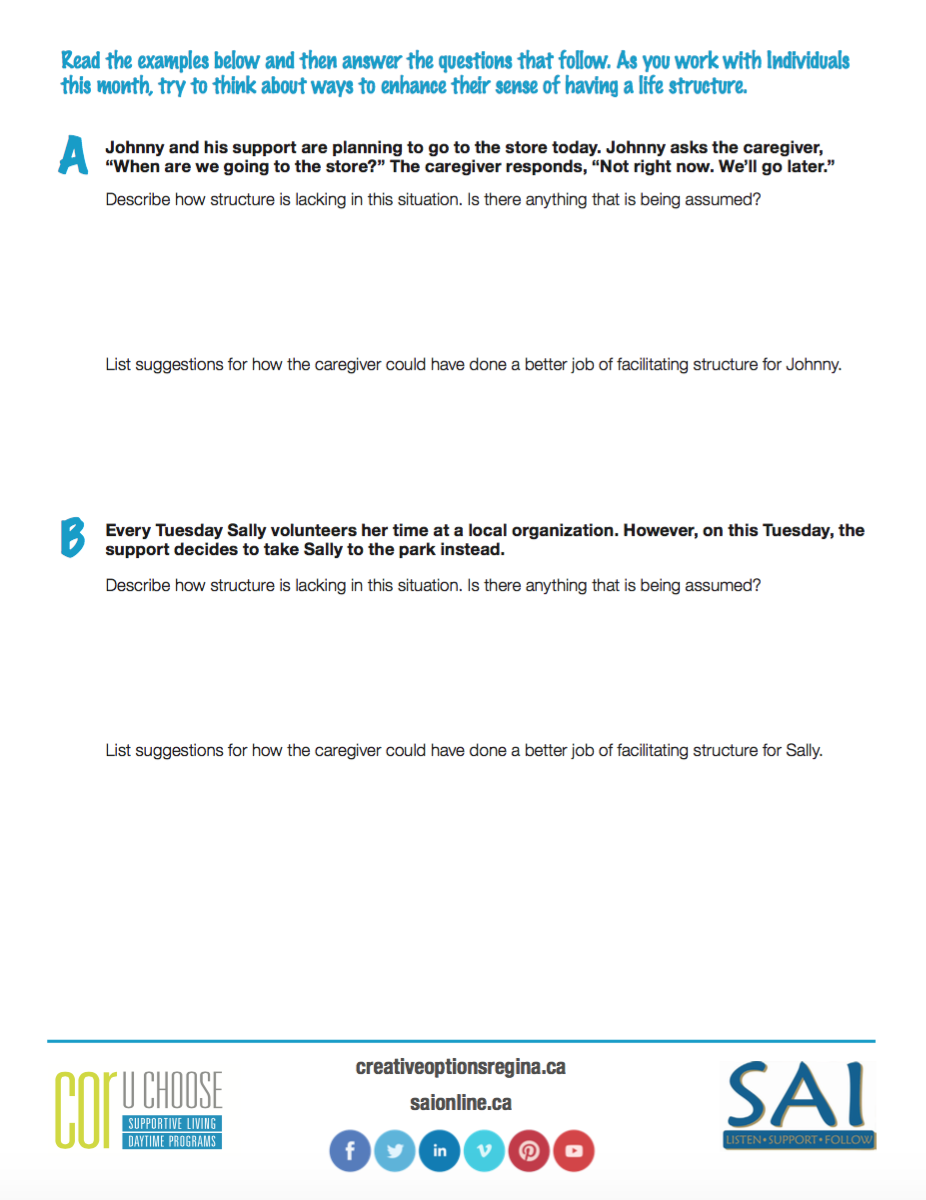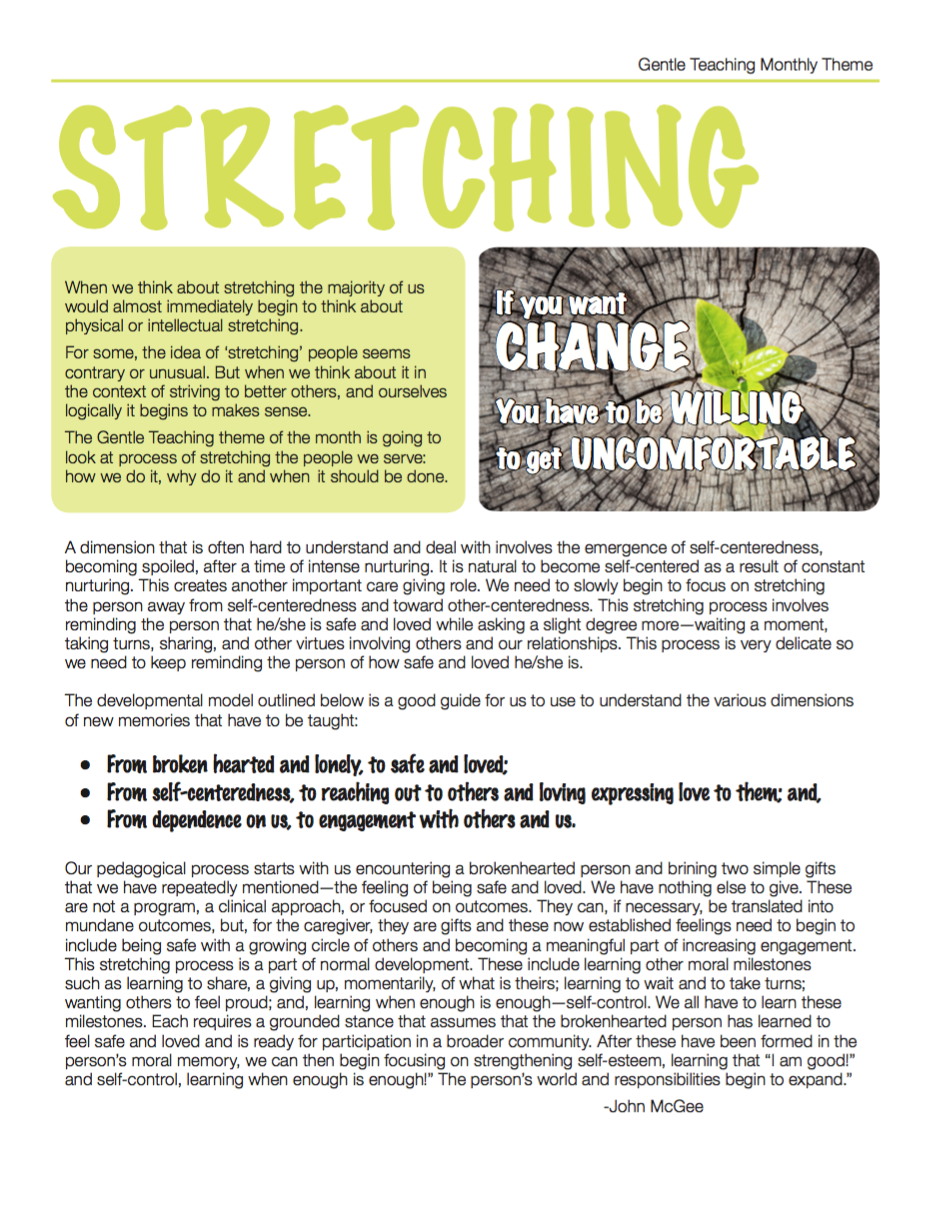Posts
Gentle Teaching Theme for May 2015: Structure
/in Blog, Gentle Teaching/by MichaelTenderly, Softly and Flexibly Structuring the Day
By: John J. McGee, PhD
Gentle Teaching envisions systemic change, but it starts with just you and me. The inner workings of Gentle Teaching exclude any idea of seeing if Gentle Teaching might “work” on someone. A culture of gentleness is going to be gentle no matter what. It is not primarily a question of working; it is a question of expressing love in all of our interactions. Being kind transcends all other human interactions. It is not something that has to be proven. It is our duty to be gentle. A culture of gentleness also is communal in nature. We cannot treat one person kindly and then treat another person in a mean manner. We cannot embrace one person and then yell at another one. We cannot reach out lovingly to one person and then grab and take down another one. We cannot express love to one and then punish another.
We have to carve out a structure in the midst of chaos and within the dark cloud of heavy, damaging memories. We have to find ways to enter into this chaos almost without being noticed with the simple idea of being near the person with, at least, a slight hint of being with the person. There are no fixed tricks or recipes to do this. We need to formulate opportunities to present these gifts of feeling safe and loved. What the individual caregiver or the caring community needs to do is fit their interactions to the needs of the person in any given moment within a culture of gentleness and initially our first moments can be extremely fragile:
- We have to understand that our mere presence can be frightening and burdensome since it is often the case that the marginalized person simply sees us as just another caretaker who will be mean, devaluing, and bossy. Because the person might feel under attack, we have to enter into the person’s space slowly, quietly, and peacefully. We should avoid almost any demand and simply want to be as near as we can. In a way, we have to enter this frightened space like the most gentle and warmest breeze. We do not have to do anything else and we might whisper that we are not going to do anything but be near. As caregviers, we have to understand the initial fear that simply being near a brokenhearted person provokes. We are initially in a world in which we want to bring joy, but the person can only see us as mean and cruel like all the past caretakers. So, our first steps need to be tiny, soft, and non-demanding. We have to be acutely aware of any sign of fear such as increasingly labored breathing, the smallest of flinches, pulling away, and a cold gaze. These signs and others can be the body’s way of screaming to us “Do not pressure me or make me do anything. Just be near me without pushing yourself on me.”
- Our mere presence should be marked by a sense of profound peace and humility. We can be the most loving and gentle caregivers in the world, but the alienated person will see us as mean and cruel like everyone else in their memory. The person can often see a gentle caregiver as just another guard-like caretaker who will boss everyone around, be pushy, insist that the person do something, and treat brokenhearted persons as mere objects. Even though that perception might be the farthest from our mind, we are swept into these memories and we need to realize that the person sees us as an amalgamation of past caretakers.
- The initial expectation is to quietly find a way to be near the individual. Our initial purpose is simply to be near the person and then to be with the person. The key word is “with” the person. This might seem to be a very insignificant purpose, but for a brokenhearted person it is a major breakthrough. For those who are suffering, just being with them is a major first care-giving purpose. As the person then gets the feeling that the caregiver is not going to do harm or be bossy, the caregiver then might look for a way to further quietly enter into the person’s terrified space. This could happen almost immediately or it might take a long time. The slower we go, the faster we will get there. The more peaceful and we are, the less terrified the person will be and the less demanding . In a sense we need to enter the person’s space with low expectations but the highest hope.
- As the goodness of our mere presence takes root, we can then perhaps move closer, maybe touch the person’s shoulder, smile warmly, look into the person’s eyes lovingly, and try to create a cycle of this “approach.” Our voice and manner should be soft, tender, non-demanding, and calming. We need to see the person from the very first moment as our brother or sister who is suffering and scared. So, as we approach the person, we must see someone whom we love. This takes a tremendous amount of moral imagination on our part. It helps us to “see” the person’s sorrow and the possibility of joy. The first approaches might involve just being near the person. But, as time unfolds, we will find ways to slowly enter into this fearful space more closely perhaps with a smile, a whispered phrase, or a light touch.
- This initial approach, almost presenting our self invisibly, is the first structure that eventually unfolds into various dimensions such as increased participation, seeking our caregivers, sharing, and participating in the caring community. As we enter more and more into the person’s space, we then look for non-intrusive and non-demanding ways to be with the person for longer periods of time. These interactions might be simple, but vital, such as talking about the person’s goodness, reaching a hand out, and doing something together.
- If there is a focus on doing anything, it should be doing an activity or chore with the person or even for the person. The focus must always be on the person’s goodness, not an activity.

